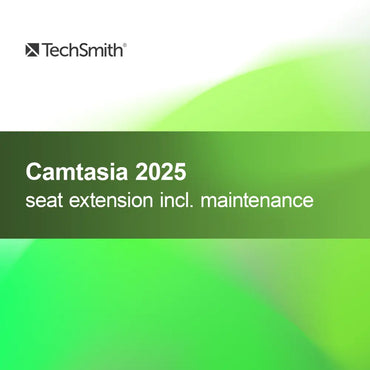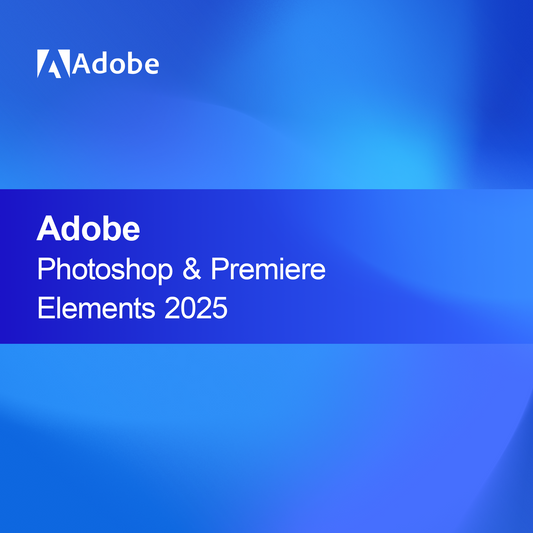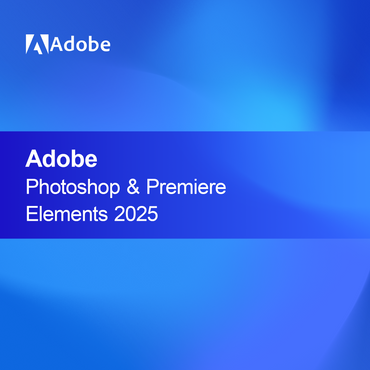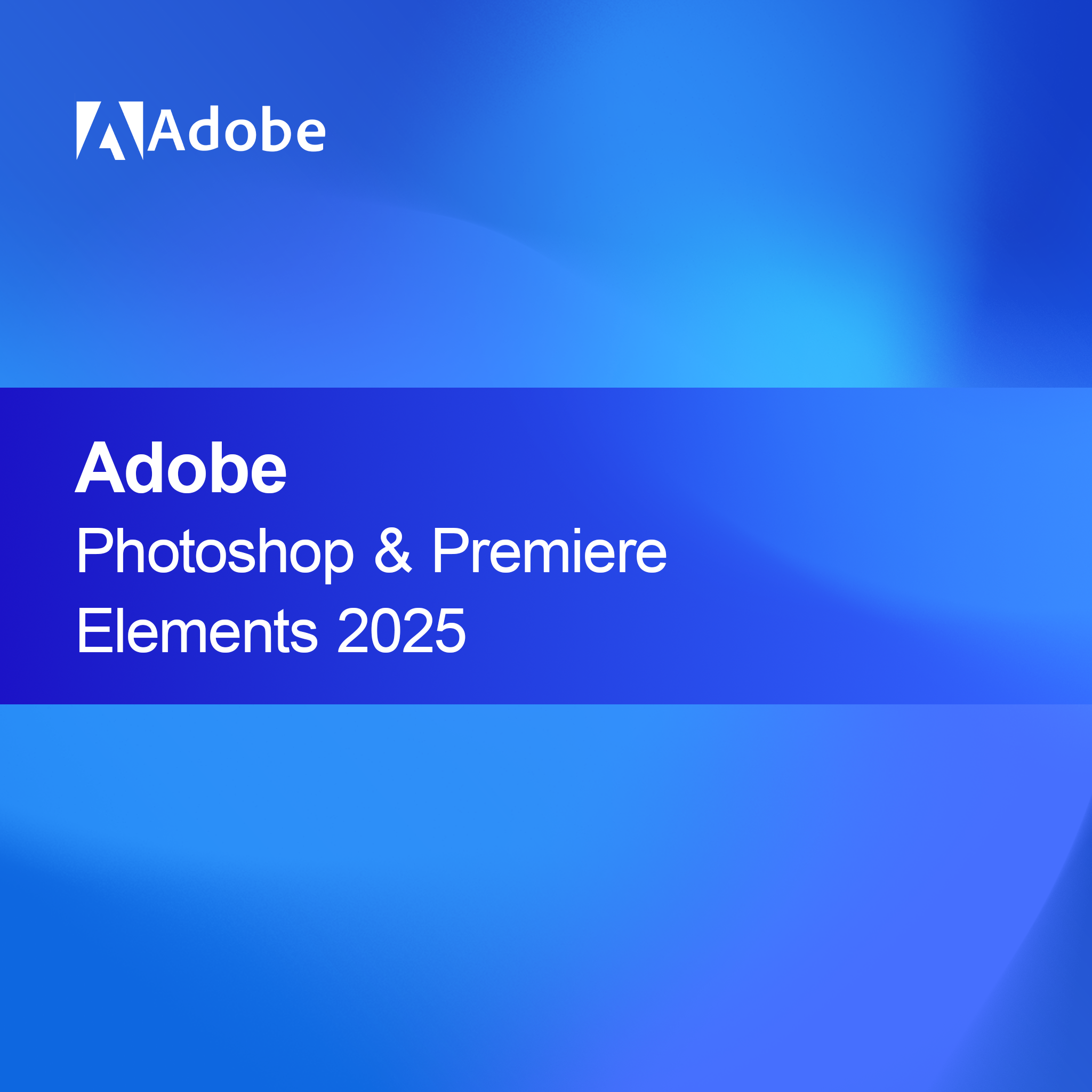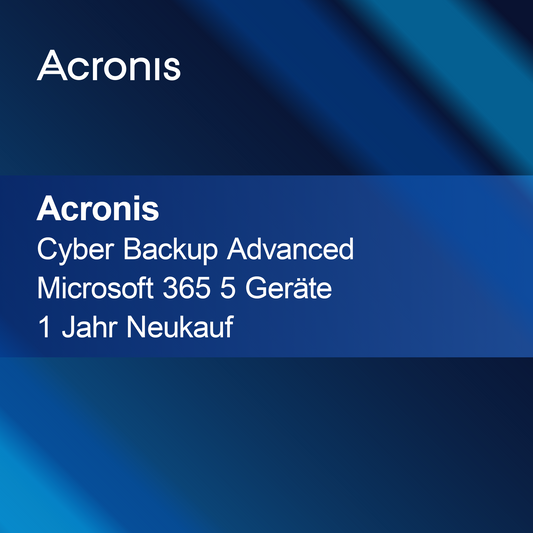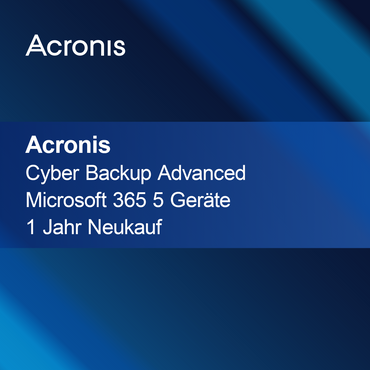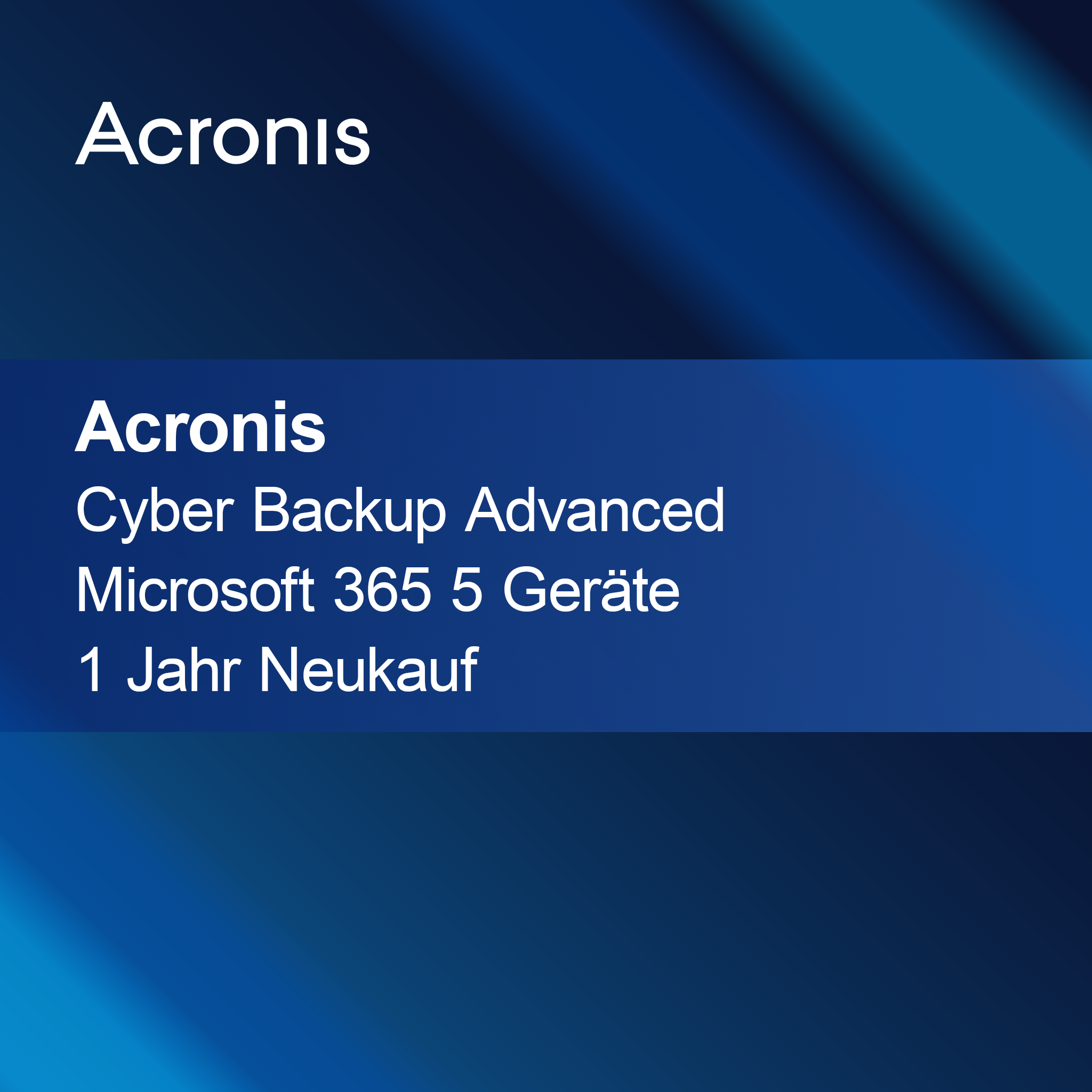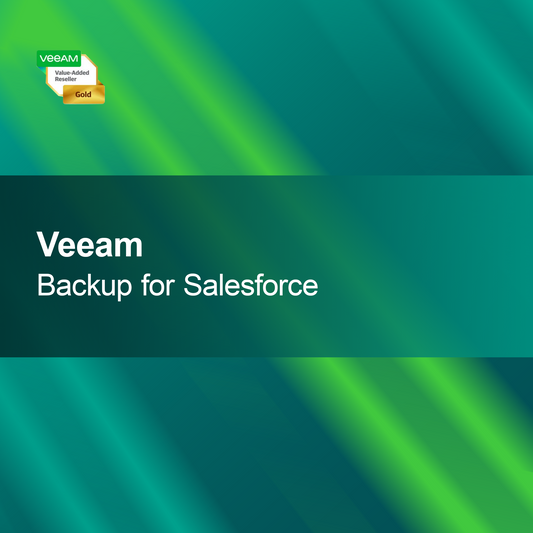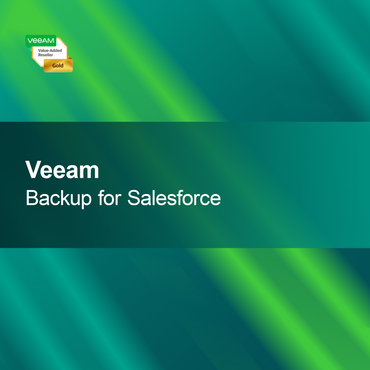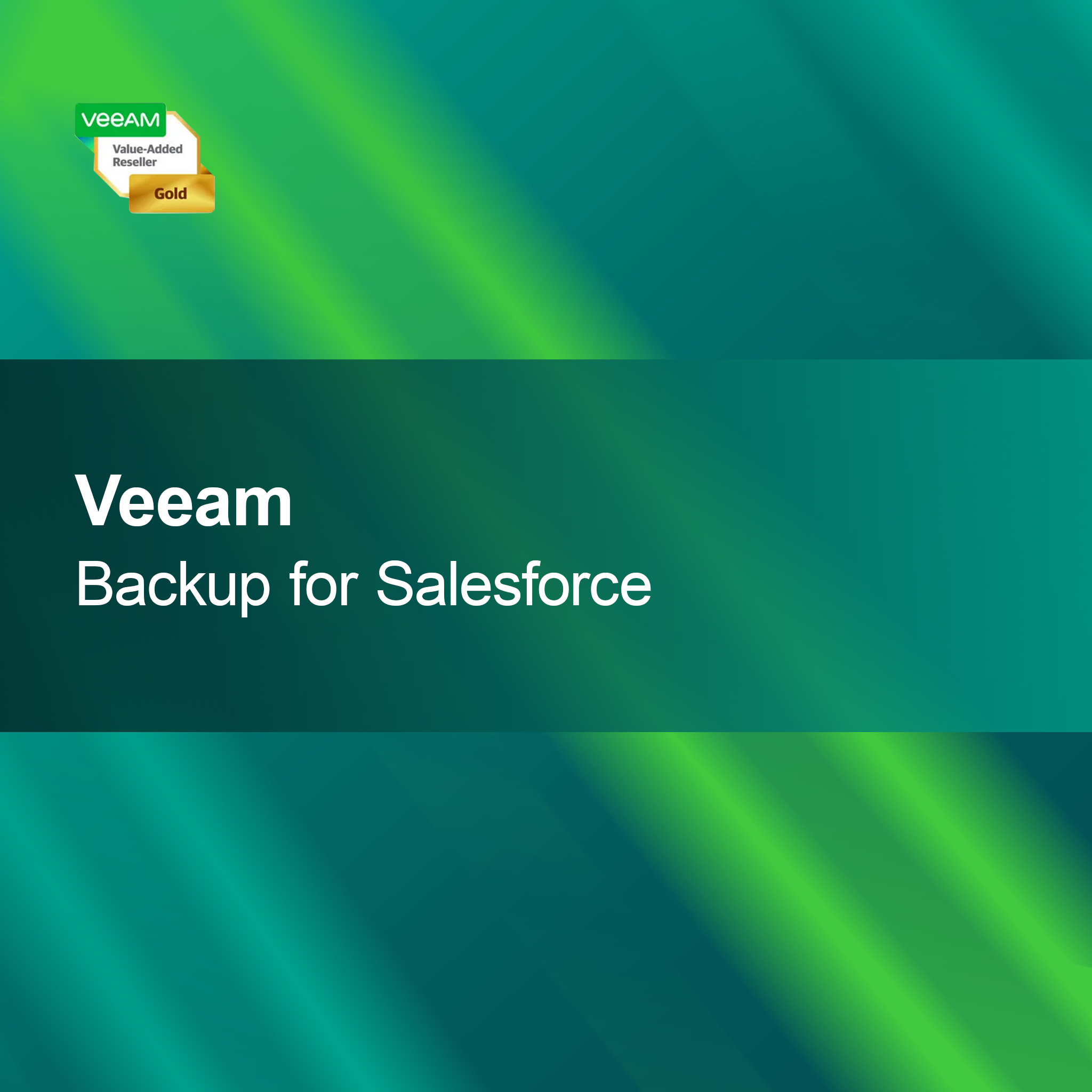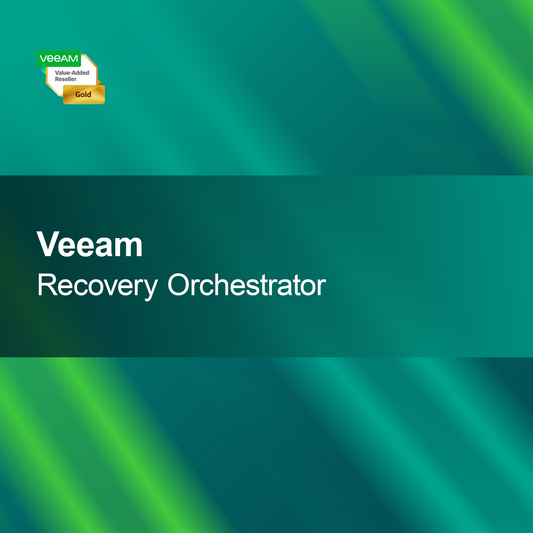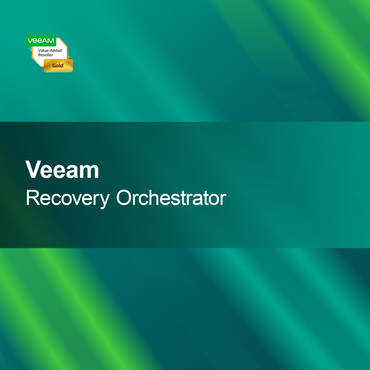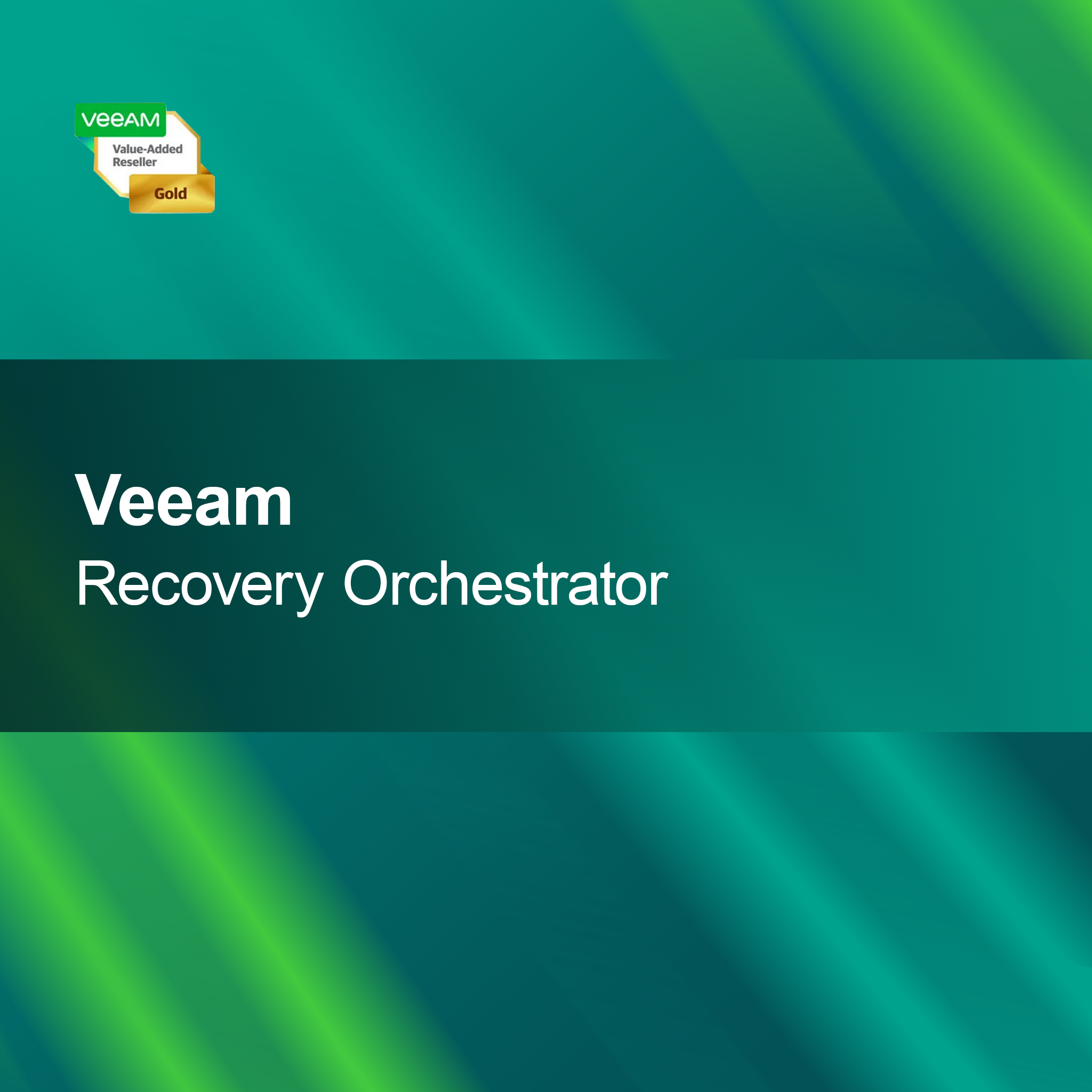-
Audials One 2025
Regular price $ 974.00Sale price $ 974.00 Regular priceUnit price perAudials One 2025 With Audials One 2025, you have the perfect solution to easily record and stream your favorite music, movies, and series. Enjoy entertainment on...
-
Gilisoft AI Toolkit
Regular price From $ 692.00Sale price From $ 692.00 Regular priceUnit price perGilisoft AI Toolkit The Gilisoft AI Toolkit offers you a comprehensive selection of powerful tools to boost your productivity and effortlessly realize creative projects. Whether video...
-
Adobe Photoshop & Premiere Elements 2025
Regular price From $ 2,164.00Sale price From $ 2,164.00 Regular priceUnit price perAdobe Photoshop & Premiere Elements 2025 With the license key for Adobe Photoshop & Premiere Elements 2025, you get a powerful solution for your photo and...
Media Management
What is media management and why is it important?
Media management refers to the organization, storage, and maintenance of digital media content such as images, videos, and audio files. In an era where visual and audiovisual content plays a central role in communication, effective media management is crucial. It enables businesses and individuals to efficiently use their media resources, quickly access needed content, and ensure the quality of the media. Well-structured media management can also promote teamwork.
What features does media management software offer?
Media management software offers numerous features that help you organize and manage your media content. These include the ability to categorize files, add metadata, use search functions, and share media content. Many programs also offer features for editing media, creating albums or collections, and integrating with other tools. These features significantly facilitate the management and use of your media.
What licensing models are available for media management software?
Media management software is available in various licensing models, including single-user licenses, subscriptions, and volume licenses. Single-user licenses are ideal for individual users, while subscriptions often offer additional features and regular updates. Volume licenses are suitable for companies needing multiple licenses. It is important to choose the appropriate licensing model to ensure all required features are covered.
What should I consider during installation?
When installing media management software, you should ensure that your computer meets the required system specifications. This includes a compatible operating system, sufficient RAM, and storage space. It is advisable to close all other programs before installation to avoid potential conflicts. Careful installation helps ensure the software runs smoothly and you can use all features optimally.
- Categorization of media content for better overview
- Search functions for quick file retrieval
- Integration with other tools to improve workflow
How do I activate the media management software?
Activation of media management software usually occurs via a product key provided at purchase. After installation, you will be prompted to enter this key. It is important to keep the key safe, as it may be needed for future installations or repairs. Successful activation enables full access to all software features.
How does modern media management software differ from older versions?
Modern media management software offers numerous improvements compared to older versions, such as a more user-friendly interface, enhanced features, and better integrations with other applications. Many current solutions are cloud-based, facilitating collaboration and access to media content from various devices. However, if you do not need special features, older versions may be sufficient for basic requirements.
What system requirements are needed for the media management software?
To successfully install media management software, your PC should have an up-to-date operating system that supports the software. Additionally, at least 4 GB of RAM and sufficient storage space are usually required to store media content. A good internet connection is often necessary, especially for cloud-based solutions. Check these requirements to ensure the software runs smoothly.





